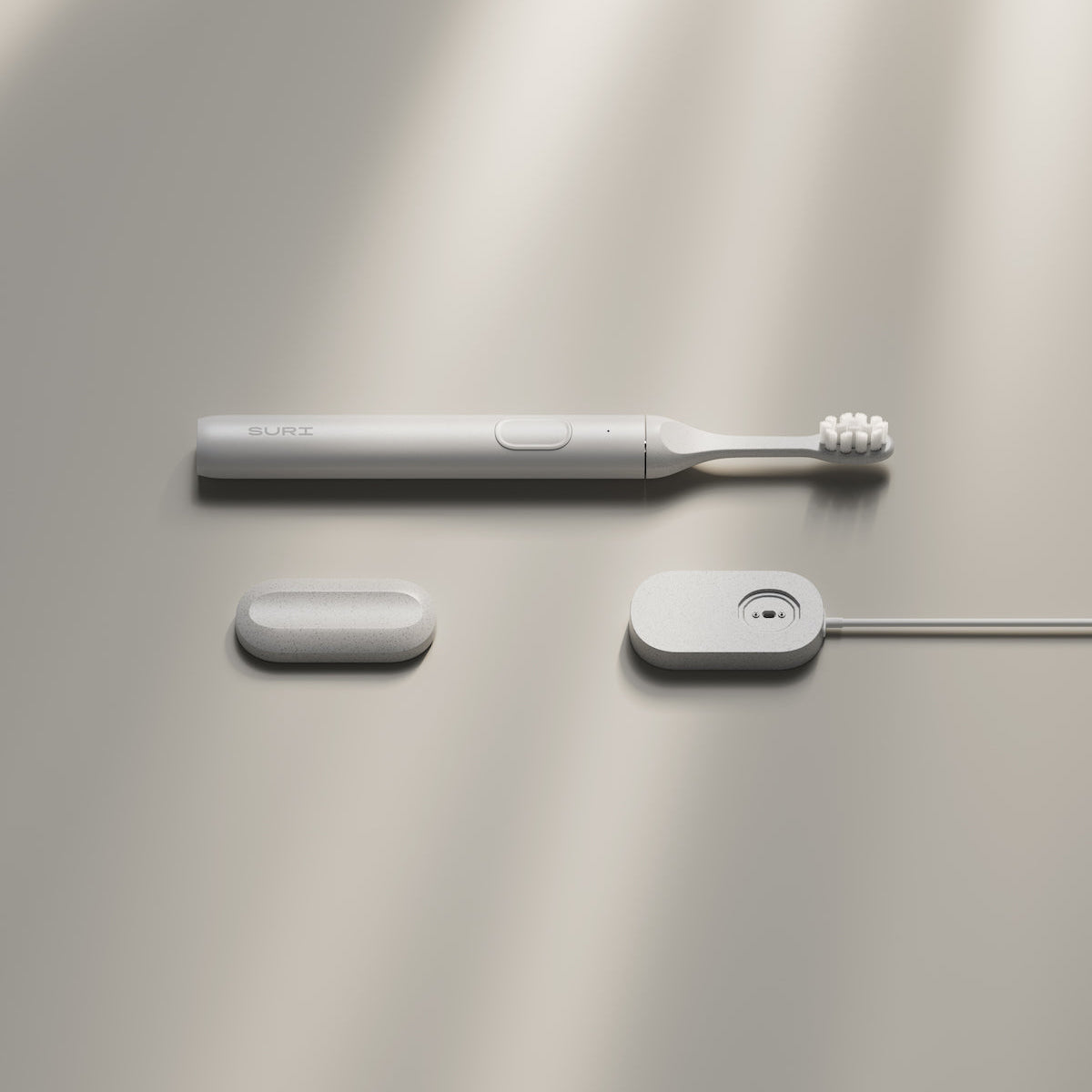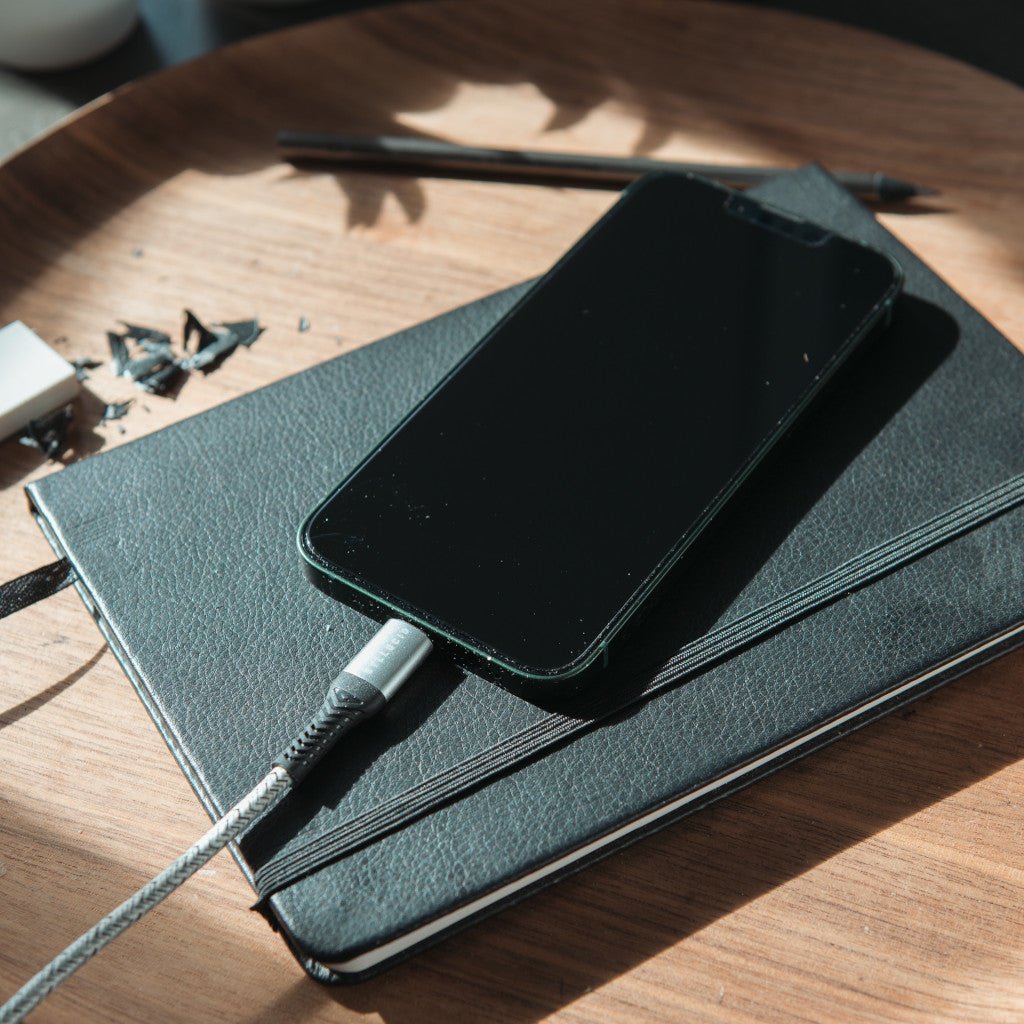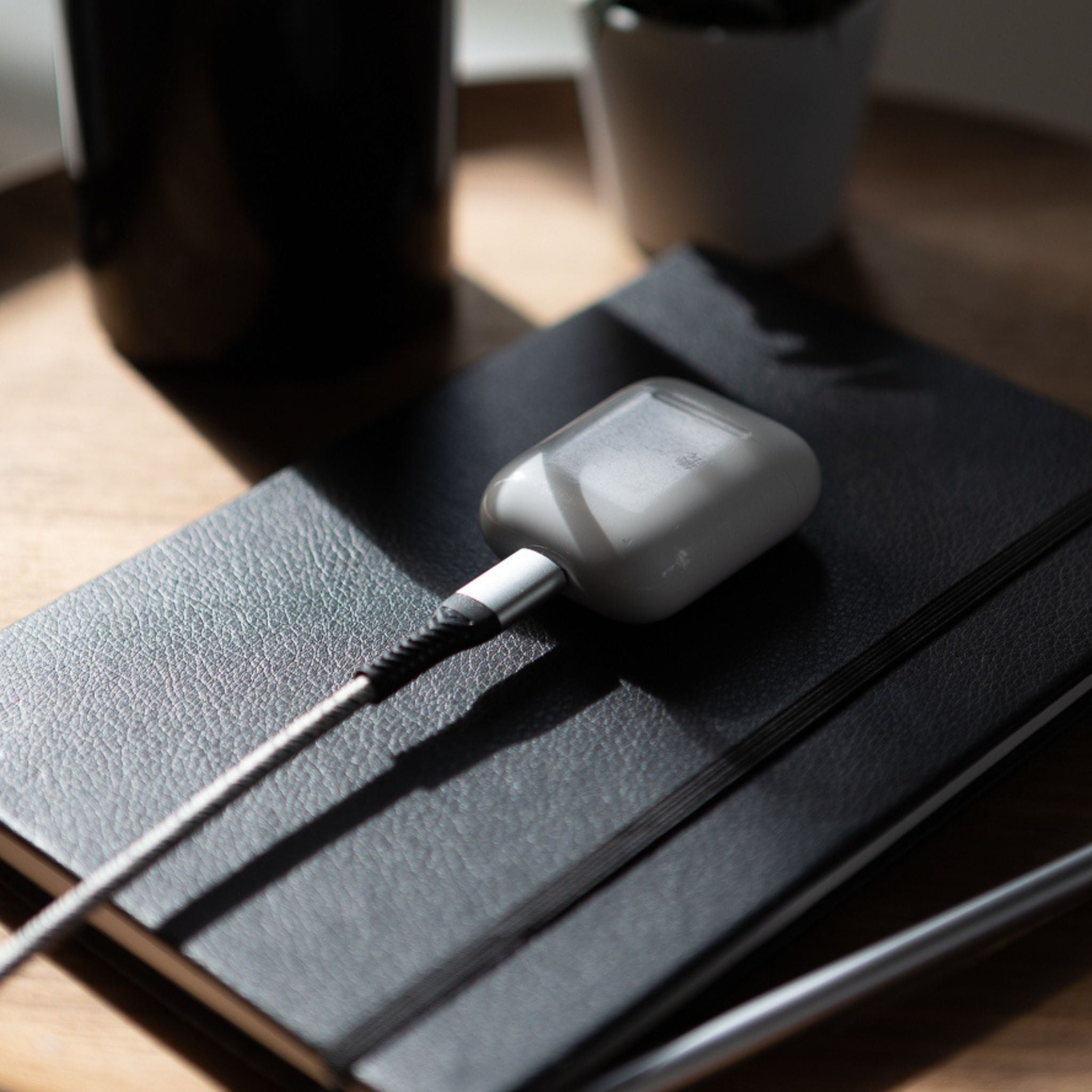'Trigger's broom' is a common joke we bring up here at Buy Me Once. If it's had seventeen new heads and fourteen new handles, is it still the same broom?
Whilst this philosophical debate rages on, the point stands that brooms aren’t something you expect to last forever. This unassuming cleaning tool is one of those items that gets worn out fast - and it can be a real source of frustration.
This might be a familiar story. The patio is in for a spring clean, so you grab the broom and go to sweep up some rotting leaves. But when your broom barely manages to scrape up any muck, you take a closer look at the head. Alas! What were once straight, strong bristles have become flattened, matted and patchy - beyond saving. Firewood it is.
A buy-once broom is a highly requested item from our audience, and we’ve noticed that it’s searched for a lot in our store too. That tells us that this is a common gripe. So we decided to find a proper broom - one that you can rely on forever.
Built to fail

First of all, there are a few paths your trusty broom can take to an early grave. Cheap brooms tend to wear out in the following ways:
- The bristles get flattened. Like on an ancient toothbrush, the repeated sweeping that a broom endures eventually spreads the bristles out permanently. This flattens the whole brush, significantly reducing its sweeping power and eventually rendering it unusable. This can happen very quickly if the bristles aren’t made of a strong, water-resistant material.
- The bristles come off. Ever notice your broom is sweeping up its own hairs? If the tufts aren’t securely affixed to the broom head, it’s only a matter of time before hairs start falling out. Not a great feature from a tool that’s supposed to clean up.
- The head detaches from the handle. The join between a broom’s head and handle undergoes a lot of strain. Often, the two parts are attached only by friction, or a bit of glue. There’s nothing more frustrating than trying to sweep up dirt and debris with a loose broom head - or having it fly off halfway through a job.
Do any of these sound familiar? Shoddy brooms are so common that finding a good outdoor broom is no mean feat. We wanted to find one that could shrug off wear and tear, whilst offering a soft, yet firm sweep. Luckily, one man got in touch with us who had made it his mission to crack the ‘forever broom’.
One man’s lockdown project
Over lockdown, Peter Kemp had been spending more time in his garden. With his increased rate of sweeping, he had worn through three brooms in as many months, and he wasn’t happy about it. Why didn’t anyone sell good brooms? Unable to find one of actual lasting quality, he decided to actually do something about it.
“It doesn’t get much dafter than buying something just because it’s cheap, only for it to fall apart soon after use” says Peter. “Especially when it's travelled halfway around the world in a container ship, leaving behind a trail of waste and emissions.”
Peter set about researching and testing the best broom materials out there. He didn’t want synthetic bristles, specifically seeking out sustainable options. He also wanted to champion UK craftsmanship, using the skills of traditional brushmakers - a dying art that was once a thriving industry in this country.
Proper craftsmanship
After many months of research and prototypes, Peter’s ultimate outdoor broom was complete. His buy-once broom was nothing like the flimsy brooms he had worn through so quickly. After receiving a sample to test, we instantly knew this was the real deal - strong, sturdy and able to sweep up grime like a dream. But what makes it so different from your average broom?
Firstly, Peter knew that in order to make the ‘Rolls Royce of brooms’, he had to go to the experts. He chose an artisanal brush making factory in Chesham, Buckinghamshire, that was originally established in 1840. These traditional methods, passed down over seven generations, are part of what makes Peter’s broom exceptional.
The main benefit of having a broom made by actual people is that the bristles are set by hand. The 45 bristle tufts in Peter’s broom are individually set in resin over the course of about an hour, meaning they’re far less likely to shed. By contrast, broom-making machines produce around 1200 tufts per minute. Many of these shoddily-applied bristles are destined to become swept up by the very same broom they’ve come from.
A clean sweep

But no matter how securely a broom’s bristles are attached, they won’t last long unless they’re tough. Finding the right material for this wasn’t easy. Too soft, and the bristles are flimsy and can’t sweep up wet muck, like rotting leaves. Overly stiff bristles, on the other hand, might last a long time, but won’t catch fine dust.
Most regular push brooms you see sold - the ones with natural bristles - are made from coconut fibre. Whilst they have a good balance of stiffness and softness to pick up dust, they’re not very durable, and are particularly vulnerable to water damage. This is why typical brooms get worn out so rapidly.
For his buy-once broom bristles, Peter wanted to find a natural material that could offer far more resilience. His research led him to the piassava plant, a palm indigenous to the Bahia region of Brazil. Piassava fibres make strong, flexible and impermeable bristles, providing a firm sweep whilst shrugging off wear and tear.
Although this material comes from overseas, it’s grown responsibly by small communities of farmers who depend on the sale of this crop to survive. The fibres grow in between the branches of the palm itself, and are harvested once a year without felling the plant. Piassava palms can live for up to a century, and no chemicals are used in the extraction or processing of their fibres.
For the wooden handle and broom head, Peter chose to use FSC certified European beech. Beech is a hardwood, providing strength and rigidity to the whole broom. And if you’re not familiar with the Forest Stewardship Council, their certification means that this wood comes from responsibly managed forests, preserving biodiversity and benefiting the lives of local people.
And finally, to ensure a strong join between the handle and the head, both parts screw together securely at an ergonomic angle. Not only does this mean you’ll never have to suffer a wobbly broom head, but if the brush ever does need replacing (only through many years of heavy use), you can keep the same handle. And vice versa ad infinitum, Trigger-style.
An everyday item, elevated
There’s a reason why a really good broom hasn’t been done before now - it’s just one of those things that we buy without putting a lot of thought into it. Brooms are cheap, so when they wear out, we don’t exactly shed any tears over them.
But when you use a broom frequently, it quickly becomes apparent how shoddy most of them are. And if you’re starting to examine the implications of your purchasing decisions - say, by opting out of fast fashion or eating less meat - these everyday household items shouldn’t be overlooked. When Peter examined the broom making industry, he realised that these cheap imported brooms aren’t just a waste of money, resources and emissions. They’re also contributing to the extinction of traditional skills.
Sometimes, it takes a certain kind of person to take matters into their own hands. In an increasingly throwaway world, we’re grateful that there are still people like Peter who want things to be done properly.
In the market for a new broom? Peter’s Ultimate Garden Broom is our top pick, made in the UK from sustainable materials. It turns sweeping into a real pleasure, and makes a great gift for practical people.
Buy the ultimate garden broom here.
Looking after your broom
Once you’ve invested in a really good broom (or if you just want to extend the life of the one you have), it pays to look after it properly. Here are a few tips from Peter for keeping your broom going for as long as possible:
Looking for more long-lived household products? Take a look at our homeware and kitchen collections, and make more meaningful shopping choices for the long term.


































